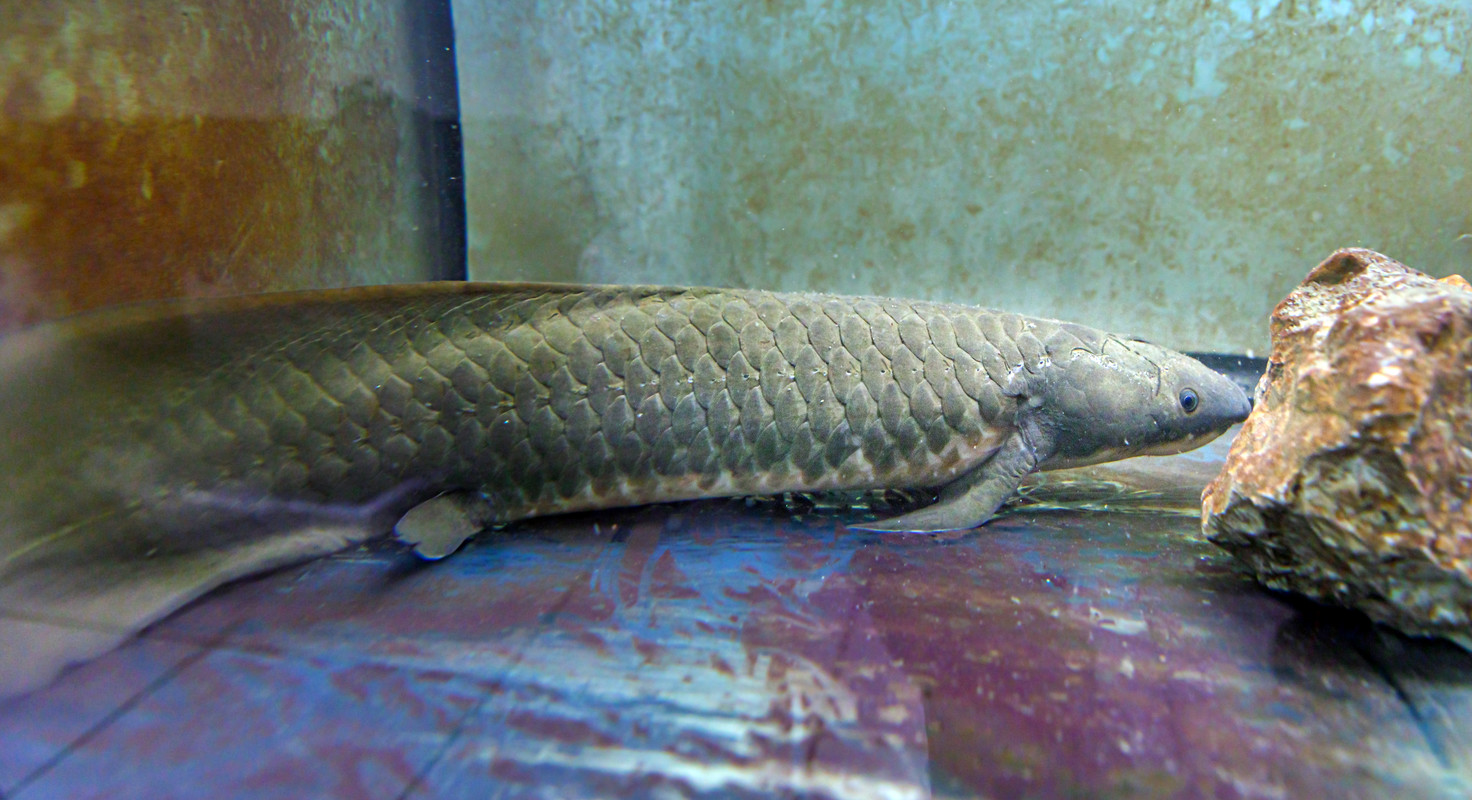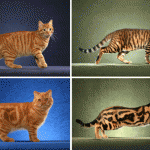
Scientists are teasing out the secrets that place the Australian lungfish near a critical moment of evolution.
A team of researchers at the Research Institute of Molecular Pathology (IMP) in Vienna has sequenced the genome of the Australian lungfish for the first time, unveiling striking similarities to land-dwelling vertebrates. The study, published in Nature this January, also sets a record for the largest animal genome ever sequenced at 43 billion base pairs, 14 times the length of the human genome.
The Australian lungfish is an endangered air-breathing fish with a body resembling a cross between a fish and a newt, and it is one of the few living relatives of the first fish to crawl out of the water to colonise land some 380 million years ago. The unveiled genome sequence settles a longstanding debate as to whether lungfish or coelacanths – another group of archaic fish with lobed fins – were more closely related to amphibians, reptiles, birds, and mammals. This study provides unequivocal evidence that coelacanths diverged first, while lungfish branched off from the line leading to four-legged animals only 420 million years ago.
The IMP scientists also investigated gene expression in various tissues. The new genome highlights similarities between lungfish and land vertebrates: for example, the number and expression levels of genes associated with lung development and articulated limbs, also the detection of air-borne smells, are closer to those of amphibians than other fish.
“There is no doubt that the newly sequenced genome will unveil more of the secrets of this bizarre vertebrate in the future,” says Elly Tanaka, Group Leader at the IMP. “Not only can it teach us things about adaptations to life on land, but it may also explain how certain genomes evolve to be so big.”
While 43 billion base pairs beats out all previous animal contenders, some plants have even longer genomes. The Japanese flowering plant Paris japonica has 150 billion base pairs of DNA per cell.






